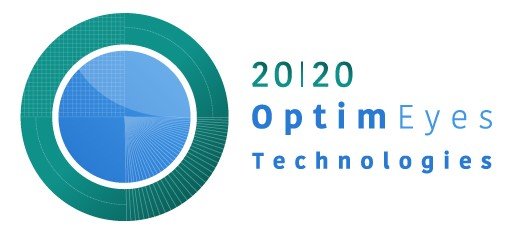The Problem with Eye Drops
95% is lost after
the first blink
Wasteful, systemic exposure; low bioavailability
Uncomfortable and irritating when given multiple times/day
Poor patient compliance
Our Drops Can Do Better
20|20 OptimEyes has created a drop that can reduce dosing from twice a day to once or twice a week. While this drop can be used for many ocular conditions, we are currently validating it for glaucoma with a latanoprost formulation.
We have validated this technology through various in-vivo studies. After a single dose, our micelles were found at 6x greater quantities on the eye, showing our sustained effect. We have shown equivalent efficacy to Restasis in a dry eye rat model when dosing once every three days compared to twice daily as currently prescribed.
A preliminary pharmacokinetic study has shown our formulation has similar corneal drug levels to Restasis when dosed once every three days compared to Restasis twice daily. When our formulation is dosed twice daily, we show 3x greater drug levels in the tissue.
20|20 OptimEyes Technologies has developed a drug delivery micelle nanoparticle eye drop formulation that allows greater residence time on the eye. This patented platform technology:
Encapsulates drug in its core allowing greater drug loading
Binds to the ocular surface increasing its residence time per dose
Allows sustained release with greater bioavailability
Decreases ocular irritation using its aqueous formulation
When a single dose is given, the concentration of our OptimEyes MNPs on the ocular surface is 2x greater than a standard MNP after 48 hours. By 1 week, our concentration is 6x than a standard MNP, demonstrating the importance of the binding moiety on our MNPs.
MNPs Enable Key Differentiators
The United States (Patent No. 10611908), Europe (Patent No. EP3344232B1); and Japan (Patent No. JP2018529696A) patents for this technology have been granted and the Canadian application is pending.







